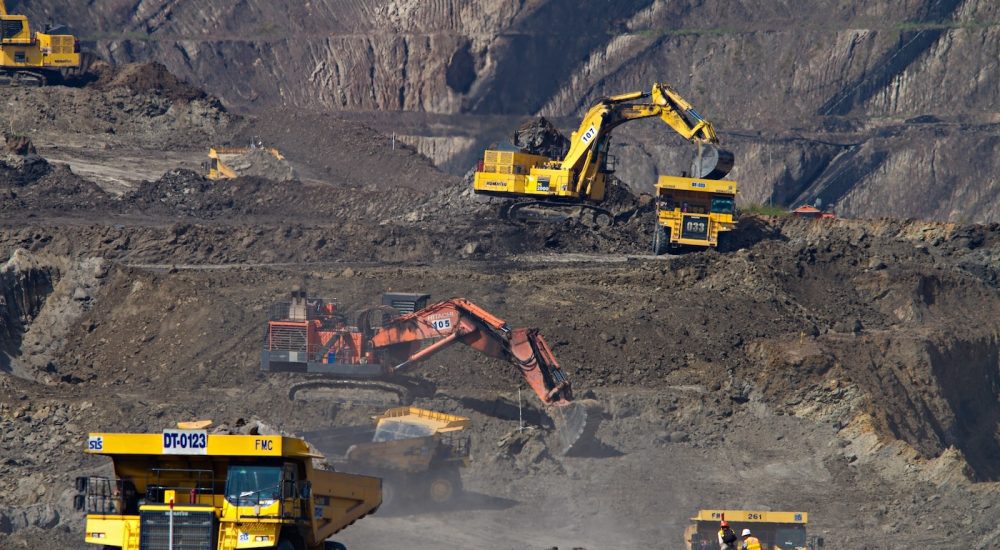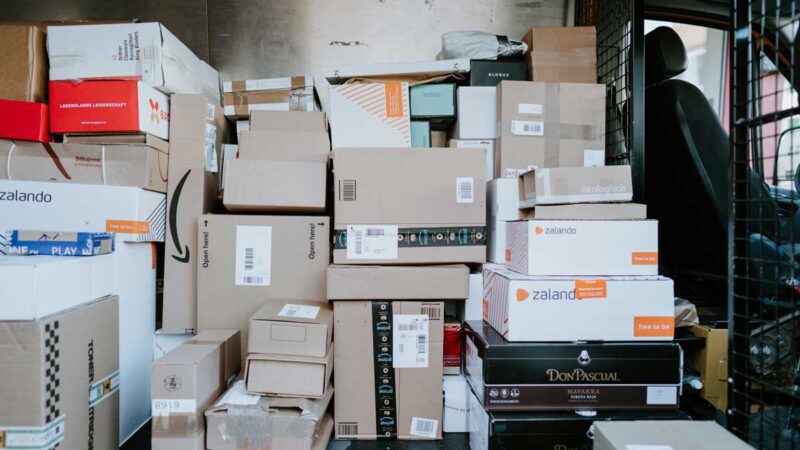How does the IT industry’s supply chain stack up on a 1.5C pathway?

It’s estimated that the global tech industry is responsible for around 4% of global emissions, with a supply chain requiring highly energy-intensive semiconductors and complex displays, and which is heavily located in Asian countries. Transitioning smartphone, laptop and console manufacturing to clean, renewable energy would be a major catalyst for a clean energy transition across the region.
Our recent Pathways to Decarbonization report showed clearly that overall the tech giants selling us phones, laptops and consoles are not doing enough to address the impact of their manufacturing. The report showed that brands like Microsoft, HP and Dell need to do far more to encourage and support their suppliers to cut emissions and transition to renewable energy.
Meanwhile, new analysis from Greenpeace East Asia showed that the companies manufacturing the semiconductors, displays, and assembling those products ready to be shipped out to Microsoft and Apple customers, still have a long way to go when it comes to decarbonizing their operations. None of the major manufacturers in the ranking that are supplying these brands have climate commitments that are aligned with 1.5C, and the average ratio of renewable energy used is still dangerously low.
So what does this mean for the IT brands’ supply chain emissions? Can the tech sector get on track to halve its supply chain emissions by 2030 and keep warming below 1.5C?
Key Findings:
1. Microsoft, Dell, Lenovo and Sony’s manufacturing emissions are all heading in the wrong direction, and likely significantly under-reported due to a reliance on low-impact Renewable Energy Certificates in the supply chain.
These companies all showed an overall increase in supply chain emissions since 2019. Shocking increases in the last year, including Microsoft’s reported increase of 25% due to “business growth,” show that the industry is still failing to take responsibility for its supply chain impact and prioritize renewables.
Sony’s data shows an incredible 63% increase in manufacturing emissions and Lenovo reported an 11% increase. Dell reports that its emissions increased by 56%, although it claimed that the increase is “primarily driven by improvements in supplier-reported emissions data.” It’s clear that Microsoft, Sony, Lenovo and Dell need to act now to decarbonize their manufacturing and transition away from harmful fossil fuels.
Evidence from the 2023 Supply Change report also shows that supplier companies SK Hynix, Samsung Electronics, TSMC, LG Display, and Intel all source their renewable energy predominantly from unbundled Renewable Energy Certificates (RECs) or other sources that are unlikely to displace fossil fuels. That means that brands that source from these companies, which includes all of the brands assessed here, will report significantly lower supply chain emissions than are in reality produced.
For example, despite claiming to use 93% renewable energy in its operations, semiconductor manufacturer Intel, whose major buyers include Dell, HP and Lenovo, relies on unbundled RECs for 94% of that. If Intel’s REC purchases are discounted, brands buying from Intel would report 130% higher supply chain emissions from those microchips.
2. Apple is the only major tech brand which appears to be on track to cut supply chain emissions in line with a 1.5C pathway, but needs to take on a bigger piece of the pie.
Apple has shown a consistent decline in its manufacturing emissions since 2019 and if it continues this pathway will reduce supply chain emissions by at least half by 2030, in line with a 1.5C trajectory. As the only tech brand assessed to set a specific and time-bound target to transition its supply chain to renewable energy, Apple’s steadily declining emissions show that it is making progress towards decarbonizing within its own supply chains.
However, Apple’s requirement for renewable energy in its supply chain is limited to the specific percentage of its manufacturing that makes Apple products, tempering a commitment that could otherwise be transformational. While Apple has been effectively partnering with many of its suppliers to help them secure a new supply of renewable electricity, the “green my slice” approach is likely to put suppliers in a situation where they will be asked to allocate their existing renewable energy to one customer, without adding additional renewable energy supply. A more transformational commitment would be to require Apple products to be produced in factories/facilities powered by 100% renewable energy, which would require stronger partnership among the brands whose products are being manufactured there, and would make the factory more valuable to the supplier.
Climate leadership not reaching into supply chains
While the global tech industry has been instrumental at driving corporate renewable energy purchases in North America, in most cases it is clear that that drive is not being carried through into their Asian supply chains – where the majority of emissions are produced.
On average among these six brands, manufacturing represents 80% of their total emissions, so meaningful action to cut emissions in the supply chain is essential to meeting their obligations to a 1.5C pathway. However, it is concerning to note that not all of these brands have even taken the first step of setting a target to address those emissions. While most of the brands have targeted an absolute 50% reduction in their manufacturing emissions by 2030, Lenovo and Sony have only set specific targets to reduce the emissions from using their products, not making them.
As renewable energy is an essential driver of decarbonization for this energy-intensive industry, it is equally concerning that Apple is the only company to have committed to specifically transition its supply chain to renewable energy by 2030, while its key competitors Microsoft and Google have still failed to take this essential step.
It’s also important that the renewable energy they are sourcing is impactful in actually displacing fossil fuels from the grid. Where suppliers are heavily reliant on low-impact renewable energy sources such as unbundled RECs, which have a low likelihood of creating additional renewable power generation, reported emissions for both suppliers and the brands buying from them appear artificially reduced. However, it is equally important that the signal to prioritize high impact renewables comes from brands as well. Brands like Microsoft that remain heavily reliant on RECs are failing to signal the importance of high impact renewable energy and advancing a fossil fuel phase out.
As clearly laid out in the Pathways to Decarbonization report, meeting a 1.5C emissions pathway means acting collaboratively, transparently, and equitably with suppliers to rapidly phase out fossil fuels. Brands can achieve this goal by setting clear targets, building partnerships, investing, publishing transparent pathways, and engaging in international advocacy to advance a clean energy transition.
IT brands have the technical expertise and experience from advancing renewable energy within their own operations, but they can no longer afford to focus solely on the emissions and energy directly within their control. As significant global players, these brands need to take a leadership role within corporate climate accountability, and commit to a fully renewable supply chain by 2030.
Methodology:
- The emissions analysis was limited to consumer-facing IT brands that:
- were assessed in the 2022 Supply Change Scorecard Report
- Reported their Purchased Goods and Services emissions between 2019 and 2022
- Actual supply chain emissions used in the analysis were obtained from purchased goods and services data reported by companies in their sustainability or annual reports or in their responses to the CDP (formerly the Carbon Disclosure Project).
- Projected emissions were calculated using a line of best fit for the available data from 2018-2022 or 2019-2022 where available, and a one year average of emissions change from 2021-2022.



